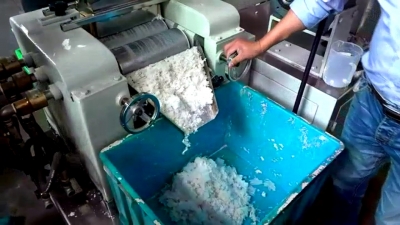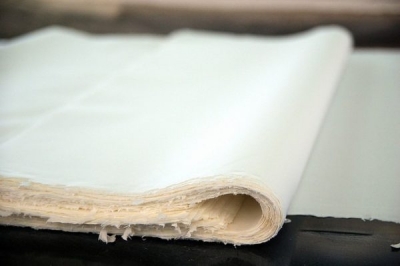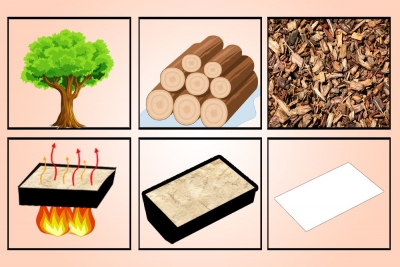How does soap made?

"Wash your hands," your mum says. As you squeeze the liquid soap into your hands, you wonder, "Where's the dirt?" Some flakes of dirt may be too tiny for you to see. But the soap surrounds, "captures," and breaks up the dirt into smaller bits. Once the dirt is broken up, water can rinse it away.
Soap is made by blending animal or vegetable fat and a very strong chemical called lye. Heating this over a hot fire causes a thick, hot liquid to form. Colourings and fragrances are added. Then the mixture is dried.
A machine slices the dried soap into chunks that look like noodles. To make liquid soap, the soap noodles are blended with water and heated again. To make bar soap, the noodles are shaped into "logs" by another machine. These logs are sliced, like a loaf of bread. The "slices" are pressed into shapes and wrapped-then they are bars of soap!
Picture Credit : Google

